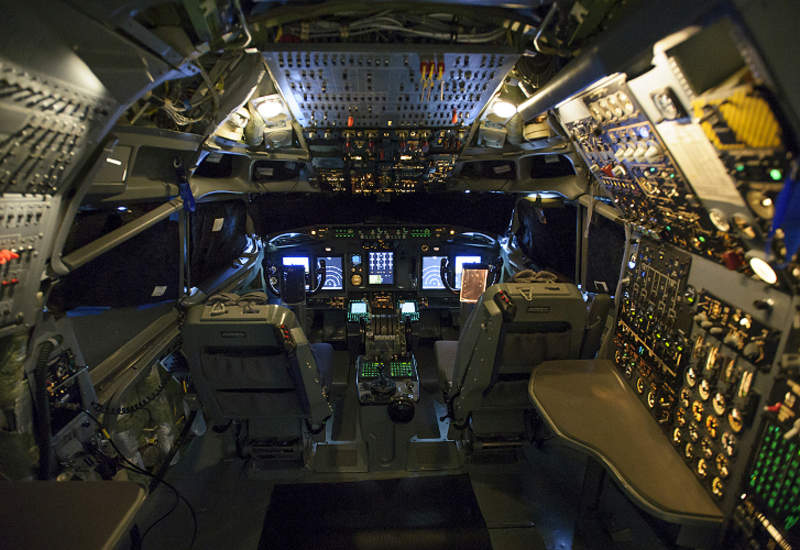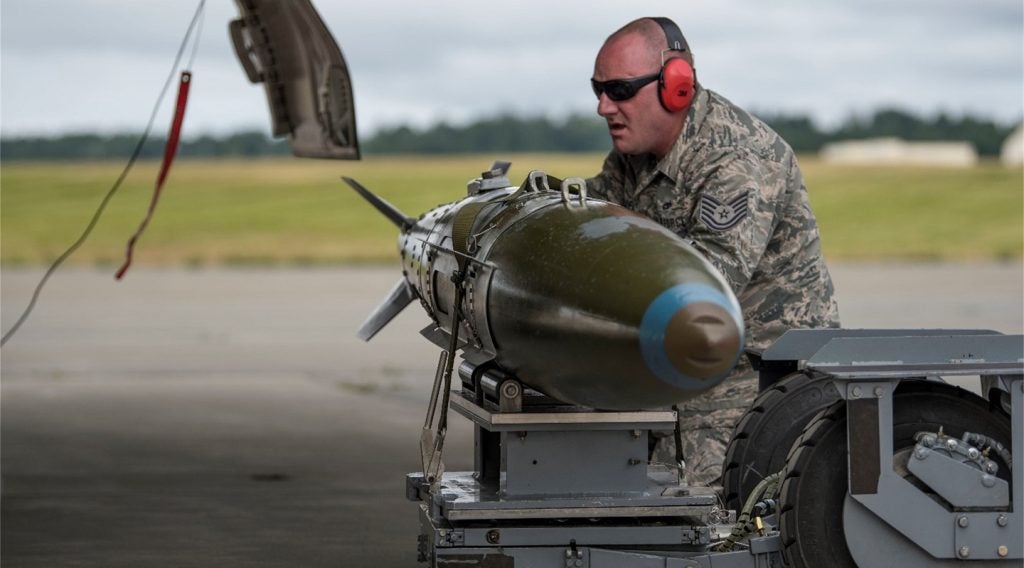

Nato has received the first of 14 upgraded E-3A airborne warning and control system (AWACS) aircraft from Boeing.
The modernisation programme included addition of five full-colour glass displays in order to provide crew members with customisable engine, navigation and radar data to improve mission execution.
How well do you really know your competitors?
Access the most comprehensive Company Profiles on the market, powered by GlobalData. Save hours of research. Gain competitive edge.

Thank you!
Your download email will arrive shortly
Not ready to buy yet? Download a free sample
We are confident about the unique quality of our Company Profiles. However, we want you to make the most beneficial decision for your business, so we offer a free sample that you can download by submitting the below form
By GlobalDataThe newly added digital capabilities allow Nato to reduce flight crew size by one, leading to greater efficiencies and cost savings, Boeing said in a statement.
Boeing AWACS CNS / ATM programme manager Wendy Atkinson said: “These improvements allow the removal of airspace restrictions, which saves Nato flight crews time and fuel and supplies operators with easier access to the information they need.”
According to the company, the aircraft’s communication navigation surveillance / air traffic management (CNS / ATM) digital flight deck and avionics enhancements ensure compliance with current and future air traffic control and navigation requirements.
The AWACS fleet is Nato's first integrated, multinational flying unit, which provides rapid deployment, airborne surveillance and communication for the alliance’s operations.
Boeing said that 13 additional Nato AWACS will receive the upgrade as part of a $257m modification effort.
The upgrade of second aircraft is currently under way, with plans to complete the upgradation of the entire fleet in 2018.
The Boeing Defense & Space-built AWACS is powered by four Pratt and Whitney TF-33-PW-100/100A turbofan engines.
The aircraft, equipped with an in-flight refuelling probe and receptacle, has a flight endurance of 11 hours.
Image: The cockpit and avionics systems of Nato's AWACS aircraft. Photo: courtesy of Boeing.








